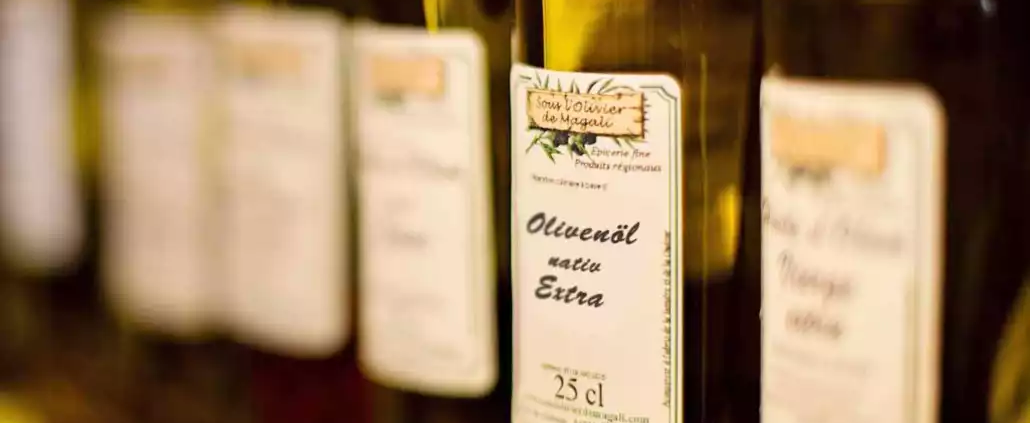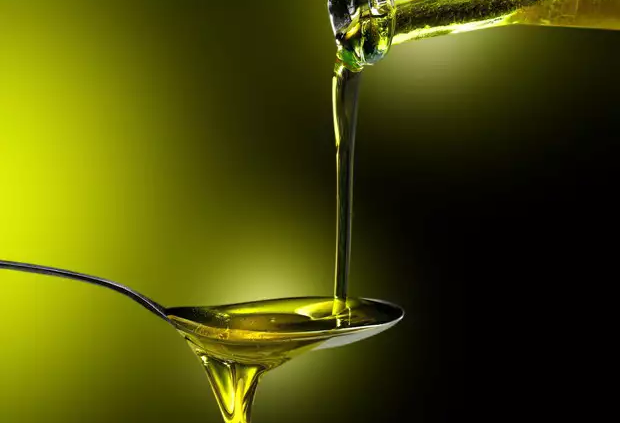The Mild Olive Oil Scam
Source: stern
© Gruner + Jahr AG & Co. KG
“It’s all a question of price”.
Production is specifically targeted at the low-cost market. What ends up in the mass market are therefore often industrial, tired oils – high in calories, low in phenols and weak in taste. Here, the olives are not picked but cut from the tree – unless the farmer prefers to wait until the overripe fruits have fallen muddy to the ground, where he can sweep them up by machine. The fruits harvested in this way can often be seen standing in sacks by the roadside, sweating, rotting and decaying in the sun.
And the oil made from it? It stinks, and its free oleic acid content, evidence of rotten fruit, quickly exceeds the permissible limit of 0.8 percent per litre by far.
Will it be poured away, used in oil lamps or in varnishes? Not at all. There is the oil refinery. And there is Germany. Many consumers there do not know the typical fresh taste of olive oil, the sometimes grassy, flowery aroma that smells of artichokes or fresh hay, the slight bitterness and sharpness on the palate.
“And there is Germany.
Many consumers there don’t know the typical fresh taste of olive oil.”
It is also possible to sell oil to Germany that a chemist in a food laboratory has first removed the stink from and then freshened up by cutting it. The taste has adapted to the poor quality. For the German market, particularly mild-tasting oils are created and sold as high quality. It is as if Cindy aus Marzahn was presented as “Germany’s next top model” in Papua New Guinea.
In 2013, Germany imported 57 million litres of olive oil, almost three quarters of it from Italy. Many people think of the beautiful olive groves in beautiful Tuscany. But the oil that German customers buy does not always come from there. The Italian origin also serves marketing purposes. An Italian name on the bottle always pays off in retail. A look at the shelves at Rewe shows that. There you will find Carapelli-Firenze, Sasso, Bertolli, Pietro Coricelli. Sounds good. But it rarely tastes like it. How could it be otherwise, the production of olive oil in the whole of Italy does not even cover its own needs. If any Italian olive oil leaves the country at all, it hardly ever ends up in the supermarkets, but in specialised shops and not at cheap prices, because in Tuscany – where harvesting can be done almost exclusively by hand – olive oil can hardly be produced at a cost-covering price below twelve euros per litre.”
“In Spain – due to the subsidy policy of the EU – the biggest problem areas of olive cultivation are located. Especially in Andalusia, the landowners today operate huge olive monocultures. The suppliers of the AOV also come from here, including companies that are subsidised with public money. Of course, there is also high-class oil in Spain. But it is as expensive as anywhere else and reaches the specialised trade at best. Of course, Spanish oil could theoretically be marketed as such – but it has no reputation. Italian oil does.
Spanish bulk oil, like that from other countries, is transported by ship across the Mediterranean to the port of Livorno. It then continues its journey by tanker across Tuscany until the trucks dump their cargo into one of the tanks on the farms of companies such as AOV in Monteriggioni.”






